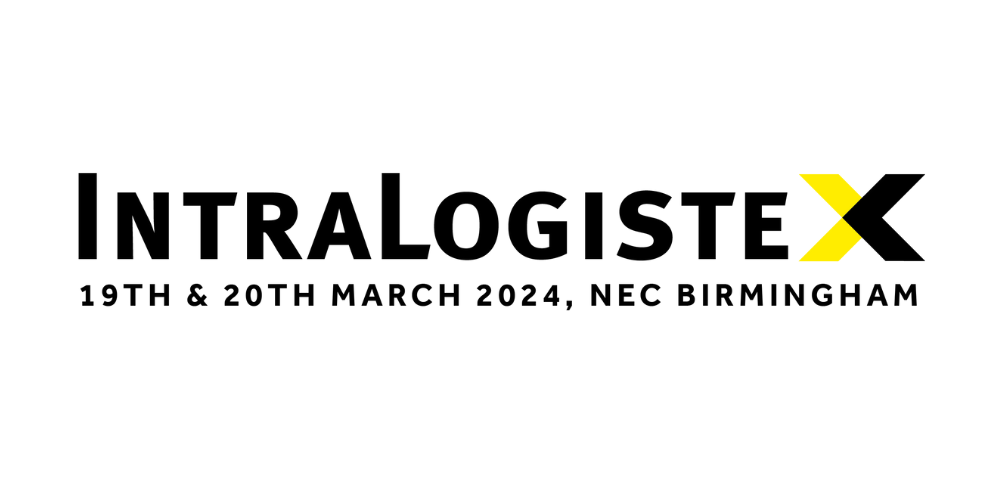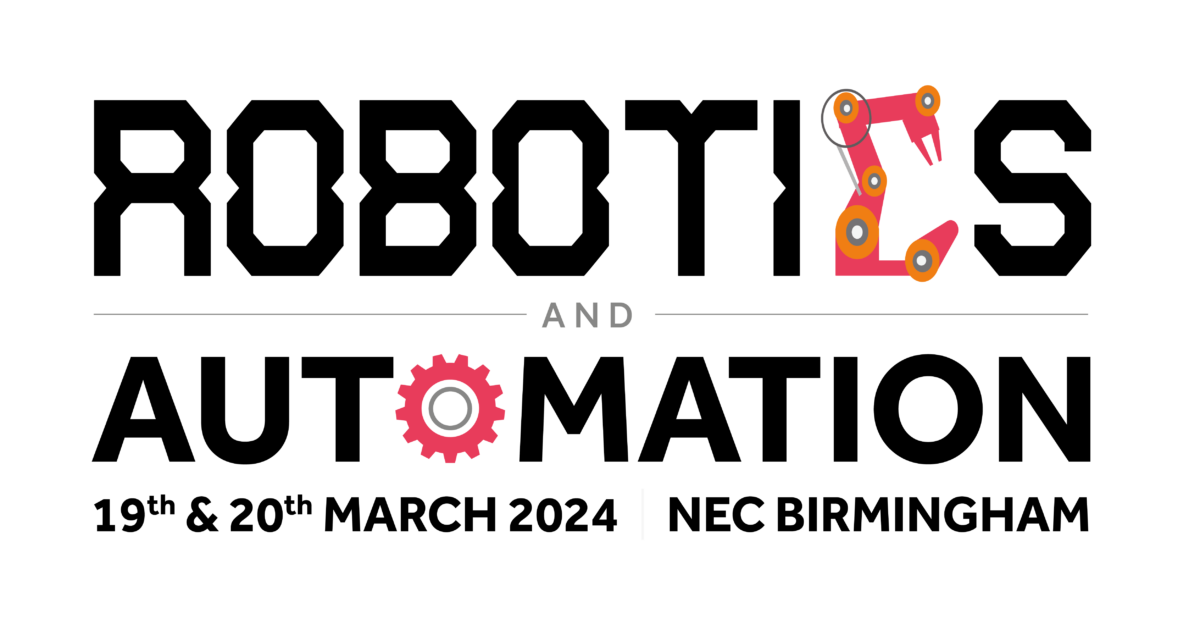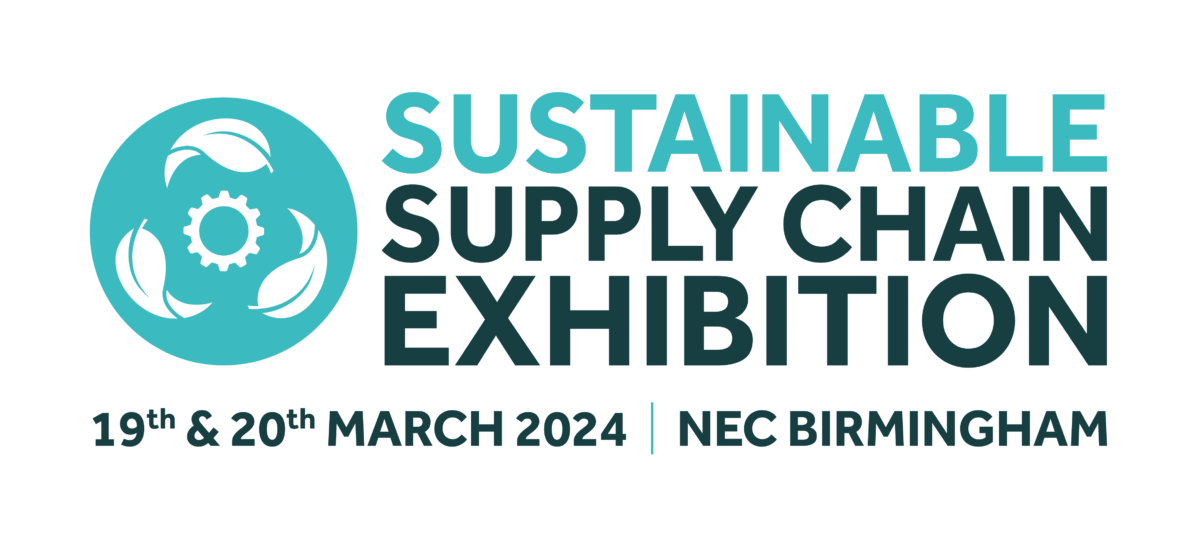The famous ‘EC92’ – effective from January 1993 – brought high hopes for European industry. The reason? The reforms heralded by the 1987 Single European Act started to come into force, eliminating many of the conflicting national standards, regulations and procedures that were acting as barriers to trade within Europe. The creation of the European Union and the associated removal of tariffs and import duties had undoubtedly helped, but many manufacturers still felt that lack of harmonisation hampered trade by throwing countless rules and regulations in its path. Finally, with the concept of the free movement of goods, people and money, these were being consigned to history.
But an expanded market and a pan-European supply chain called for an expanded transport and distribution system. Materials and components could now be freely sourced from all over Europe, and finished products sold in newly-opened foreign markets -but only through transport networks that had the required reach and reliability, provided in-transit security and visibility, and operated efficiently enough to enable the transactions to make economic sense.
Rich promise
Yet here too, the promise was rich. Transport had long suffered from national standards affecting such issues as vehicle size, pricing and border controls. These were also to be swept away by the reforms, ushering in an era of free – or at least freer – competition, more efficient distribution, and simplified route scheduling.
The same liberalisation also sought harmonised company law across Europe, increasing transport companies’ freedom to make acquisitions, develop joint ventures and create foreign subsidiaries. Restrictions on leasing were eased, allowing transport companies to free tied-up capital and operate with a lower-and more flexible-asset base. The net result? Many observers – myself included – predicted that transport unit costs would reduce by between 6.5 and 10 per cent – but coupled with an increased spend and reliance on transport as supply chain strategies were reviewed to capture the opportunities of greater centralisation.
Nor were transport providers blind to the opportunities for their own businesses. With transport across Europe promising to be cheaper, faster, more efficient and more reliable, there would be an inevitable demand from manufacturers for single point of contact – a ‘one stop shop’ transport provider, offering coverage across Europe.
Indeed, look a little more closely at aspects of the promised revolution, and the one stop shop appeared almost inevitable. Achieving improvements in security, vehicle scheduling, route optimisation and in-transit visibility, for example, called for massive investment in the IT systems that would be required to achieve these. It would be hard enough for one transport company to do -but attempting it on some sort of collaborative basis with transport partners in other countries would create integration and data connectivity problems on a massive scale, even without the challenge of then trying to integrate the systems into customers’ own IT networks. The more one looked at the IT aspect of the forthcoming revolution, the more obvious the one stop shop became.
Realistic prospect
For their part, it was the indirect effects of all this revolution that most excited manufacturers. Transit times and border clearances became far more predictable. At long last, the ability to service the whole of Europe, in some cases from a single site, became a realistic prospect – and with it came the option of increased scale economies by concentrating production into a few large plants, rather than using smaller and less efficient country-based sites scattered across Europe. Distribution and service networks would be more logical and coherent, rather than being distorted by national boundaries. National inventories for service and finished goods could be largely eliminated, bringing reductions in working capital.
Of course, there were challenges. If transport providers had the challenge of becoming an integrated one stop shop with pan-European converge, manufacturers had the challenge of transforming their own organisations so as to actually exploit that pan-European capability. And, of the two, this appeared to be the tougher challenge to which to rise.
Organisationally, the problems were huge. National fiefdoms had to be dismantled, and heads rudely knocked together. In theory, merging national inventories into a seamless pan-European inventory made excellent sense. In practice, nationally-based managers could be expected to scream at the prospect, and bitterly fight the loss of control. Rationalising the manufacturing base was going to be painful, too. Yes, there were opportunities to transfer production from country to country, so that national factories could specialise in producing a given product for markets right across Europe -but greater efficiencies inevitably meant loss of jobs, and factories closing.
And there was always the prospect of strategic error, and the consequent golden opportunity that that would present to eager competitors. Anticipating the reforms, one company shut down its Italian plant, deciding instead to supply the Italian market from a centralised site in Holland. While the switch made strategic sense, a tactical blunder was made in the way that goods destined for the Italian marketplace were charged ex-factory to the Italian sales company, forcing the Italians to accept a price much higher than they had previously paid for products sourced from Italy.
The result? The Italian sales company once more began sourcing from Italy -but from outside the company. At a stroke, a win-win scenario had been turned into a loss-loss situation, with reduced volume going through the Dutch plant, and margin given away to a manufacturer outside the company. Thankfully, such blunders are now rare.
Just as big a challenge, of course, was the creation of corporate IT infrastructures that would be capable of exploiting the promised potential. While liberalisation conferred theoretical advantages, theoretical was precisely how they would remain if businesses failed to develop systems to manage a commercial environment that undeniably carried a higher order of complexity.
Serving national markets from a centrally-sited plant, for example, required the ability to receive sales orders or forecasts for the whole of Europe, merge them into a single master demand schedule, ‘net off’ against known production orders and inventories on hand, and finally maintain order visibility while delivering the finished products to the national markets. Yes, it was possible but the potential for error was high, the requirements in terms of real-time transfer were enormous, and the systems marketplace was hardly crowded with vendors skilled in delivering all this. Think back: how familiar were you with ERP, AP and wide area networks back in 1993?
But despite all the challenges, businesses reckoned that the prize was worth the risk. Why? Taken together, lower unit transport costs and lower unit manufacturing costs had but one outcome: higher unit profitability. Throw in expanded sales, harmonised European products, a lower financing cost through inventory reduction, hugely simplified administrative procedures, and more responsive transport networks, and the future appeared positively rosy. No wonder then, that most European manufacturers welcomed January 1993 with such enthusiasm.
Ten years on, how have those grand visions turned out? How have European manufacturers -and their transport providers-responded? The answers, it turns out, are interlinked.
Seizing the opportunity
Certainly, manufacturers have seized the opportunity with which they were presented. Look at any European manufacturer of significance, and their pan-European supply chain will bear little relation to its predecessor of a decade ago. Inventories have been centralised. National fiefdoms have been dismantled. Production has been concentrated on fewer sites. Ford, General Motors, Hewlett-Packard, Sony, Unilever, Nestlé -pick almost any multinational at random, and the impact of the Single Market reforms are clearly visible. As, of course, are the benefits: as expected, unit supply chain costs have come down significantly.
And the challenges that have been involved in achieving this shouldn’t be underestimated. More than ever before, managements now see themselves as European, not national. Organisational structures have had to evolve to deal with the complexities of routine, day-to-day cross-border sourcing, production and inventory management. The pace of change has been rapid: change management skills have been developed to a fine pitch.
IT systems, too, now routinely offer capabilities almost undreamt of a decade ago. Enterprise resource planning systems from providers such as SAP, Oracle, and PeopleSoft are augmented with supply chain planning and execution systems from companies like Manugistics and i2 . In 1993, electronic transmission of orders, inventory holdings and production schedules meant using technologies such as EDI. Now, we have the internet, supplemented by tools such as XML.
That said, of course, IT-related challenges still remain. Yes, we have the capability-but it’s a comparatively recent one. Even four years ago, a survey I undertook showed that IT remained the major barrier to true pan-European integration. That barrier has finally gone but we need to be realistic about the maturity of the systems that have emerged-and our maturity in being able to exploit them.
So what hasn’t changed? In a word: transport. In a survey I carried out between 2001 and 2002 it became clear that very little, if anything in fact, has come of the grandiose visions of the various transport providers. Manufacturers gave a satisfaction rating of between 47 and 57 per cent for the various attributes of European logistics service as performed by their providers. Amazingly the logistics service providers themselves gave even lower satisfaction ratings – down to 40 per cent – for the job they were carrying out. While the manufacturers have fought their various internal turf wars, changed their cultural mindsets and swept aside decades of thinking coloured by national borders, the transport providers have remained mired in the 1980s. Their maps of Europe with flags showing capability in every country are meaningless unless these are joined together physically and organisationally. The one stop shop across Europe? Forget it.
One needs only to look at a company such as Sony Europe to see the size of the gulf that exists between promise and reality. Sony Europe, according to its head of supply chain operations John Doran, must deal with no fewer than 125 transport providers, not one. It has over 200 accounts with DHL, and 25 separate relationships with Deutsche Poste. A decade after 1993, with still further plans to consolidate and manage its supply chains more intelligently, Sony is still being frustrated by Europe’s transport providers, as they grapple with yesterdays’ challenges -never mind today’s or tomorrow’s. Hence, of course, the link between the manufacturers’ and the transport providers’ response to liberalisation: manufacturers cannot move further than their transport capabilities will allow.
It’s not rocket science
What do companies like Sony actually want? It’s not rocket science. A single transport provider, clearly. But failing that, a single point of contact with an integrated network that is prepared to work flexibly, and work on a partnership basis in a proactive way. And a network that can offer some fairly basic capabilities: pallet management, payment-on-delivery, reverse logistics, EAN 128-compliance, track and trace, a good geographical reach, and proven security systems coupled with good quality controls. Plus, of course, the ability to offer value-for-money: these, after all, are hardly premium services. Sadly, there don’t seem to be too many knocks at the door.
But what is surprising to some outsiders is the extent to which some quite elementary remedies exist. Remedies, what’s more, that transport providers’ customers are crying out for, almost with a single voice. Which is remarkable in itself, of course: in how many industries would that situation exist, yet still be met by comparative inertia?
A simple message
The message to transport providers is simple: start acting as though you want the business. Develop a broader geographical reach. Develop full multi-channel, multi-industry service capabilities within that geography. Develop sensible relationship management capabilities: the ability to interact with customers at the level of European management as well as at the local level. Be proactive and practice, don’t just preach, innovation.
And recognise, within that relationship, the bigger picture: how often do we see pan-European negotiations with a transport provider founder because of profitability concerns around one particular country? Most of all, recognise that there isn’t really a longterm future in providing trucks and sheds at a margin of less than five per cent – especially when customers are crying out for greater flexibility and more value-added services. The providers are locked in a vicious circle -they need help to break out of it.
Over a year ago, at the Logistics Forum 2001 held on board the Oriana, a group of us were discussing all of this after a seminar presentation by myself and John Doran of Sony. What was needed, said someone, was a group of like-minded people to get together and start to hold the dialogues that were needed in order to get things moving. ‘users’ from the manufacturing companies – European supply chain and logistics directors – talking and acting with senior managers from the transport providers, facilitated by ‘influencers’ drawn from the worlds of consulting, academia and technology. Together, surely, something could happen.
Of course, no such group existed then. But following the collective recognition that here was an opportunity waiting to be grasped, the only sensible course of action was to create such a group. Early in 2002, the European Logistics Users and Providers Group came into being, holding three meetings during the year and agreeing to be an action-oriented group.
The gathering
Senior logistics and supply chain directors from companies such as HJ Heinz, Ford, GE, General Motors, Mattel, Sony and Kimberley-Clark work together with executives from companies such as Ryder, Exel, TNT, DHL and Celexor, alongside consultants and academics from organisations as diverse as Accenture, Heriot-Watt University and IBM Global Business Consulting Services. For my part, I was honoured to be asked to chair the group, which now has over a hundred members drawn from all over Europe.
Already, the group has a number of projects underway, with more planned. Benchmarking, standards development, skill-sharing, asset-sharing, a user-specified directory of services – all are grist to the mill. People mistakenly think that collaboration is all about technology. It isn’t. Technology is certainly a key enabler, but in essence it is about individuals and companies , many competing with one another in the marketplace, getting together and recognising that together they are more than the sum of their parts. Indeed, the very existence of the group is testimony to an increased appetite for collaborative projects that would have been unthinkable ten years or even five years ago.
And the excitement that the group is demonstrating is evidenced by projects such as the one looking at improving the delivery of electronic goods within Italy, where a number of giant electronics manufacturers separately contract with one major logistics service provider (which has 80 per cent of the brown goods delivery market within the country) to deliver to retailers. The trucks of this LSP routinely deliver to most electronics retailers on every day of the week, but each time delivering the goods of just one manufacturer.
Suppose, goes the logic, that these manufacturers agreed to work with the LSP on a shared basis? Where trucks carried and delivered the goods of several often competing manufacturers? What would be the result? The answer: lower inventories, better customer service, better vehicle utilisation, lower costs and less pollution, congestion and resource consumption.
And it’s these latter benefits that attract legislators, of course. The EU cares little about how much manufacturers pay to have their goods delivered around Europe. But it cares deeply about the environmental consequences of those deliveries. And that concern is mounting, rather than diminishing. Congestion and carbon emissions are hot issues and if we remember that the utilisation of HGVs, when measured as a manufacturing asset might be measured, is less than 20 per cent, we see the scale of the problem – and the opportunity.
Get your house in order
It would be ironic if legislation to liberalise European trade were to be followed, a decade or so later, by legislation designed to force businesses to fully exploit that liberalisation. But that will happen, unless Europe’s manufacturers and transport providers get their house in order first.
My prediction? Freight exchanges and e-marketplaces were heralded as the route to collaborative transport solutions, but these have been frustrated by change management challenges. They will certainly have an impact -but the timescale is extending.
E-business in the broadest sense is progressing fast, and the potential for virtual supply chain management on a fully pan-european basis will no doubt in time become a reality, but the immediate future lies in the ability of all players – manufacturers, brandowners, logistics companies, consultants, technology providers and academics – to join and work together to make real practical changes to the way in which European logistics business is conducted.
With current user membership representing around 20 per cent of European transport spend, the European Logistics Users and Providers Group provides a unique vehicle for this and will set the scene for real collaboration and the foundation for a new era in European logistics.
Alan Waller is vice-president for Supply Chain Innovation at international management consultants Solving International, a visiting professor at Cranfield Centre for Logistics and Transportation, Project Director for the European Councils on Supply Chain and Customer Strategy of the Conference Board in Brussels, and Chairman of the Institute of Logistics and Transport.






